Better Spät than Never in the Ahr
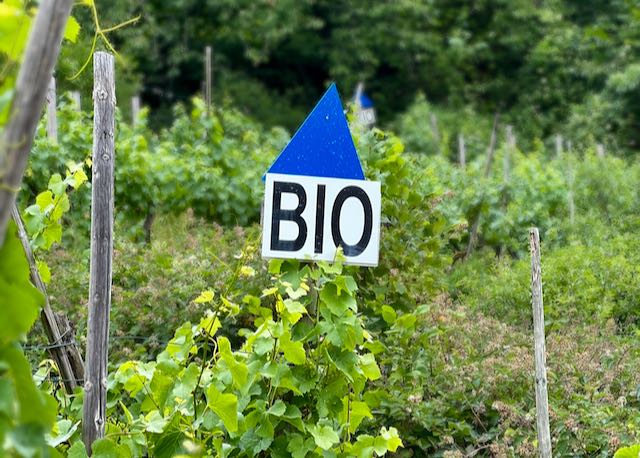
How catastrophe proved a catalyst for change, and helped Germany’s Pinot paradise find a new way to farm.

How catastrophe proved a catalyst for change, and helped Germany’s Pinot paradise find a new way to farm.
Originally trained as a musician, Simon worked variously as a sound engineer, IT consultant and alternative currency designer before wine took over his life. His writing career began in 2011 with the founding of The Morning Claret – an online wine magazine which has become one of the world’s most respected resources for natural, artisanal, organic and biodynamic wine.
His work is published in many print and online publications, including Decanter, World of Fine Wine and Noble Rot. Simon has twice won the Roederer International Wine Writing Award, most recently for his first book, Amber Revolution: How the World Learned to Love Orange Wine, published in 2018 and since translated into five languages. His second book, Foot Trodden, is a collaboration with author and photographer Ryan Opaz and celebrates artisanal winemaking in Portugal.
Simon is also active as a wine judge, translator and editor. He is a keen cook and lover of music ranging from Stockhausen to ClownC0re. He lives in Amsterdam with his partner Elisabeth.
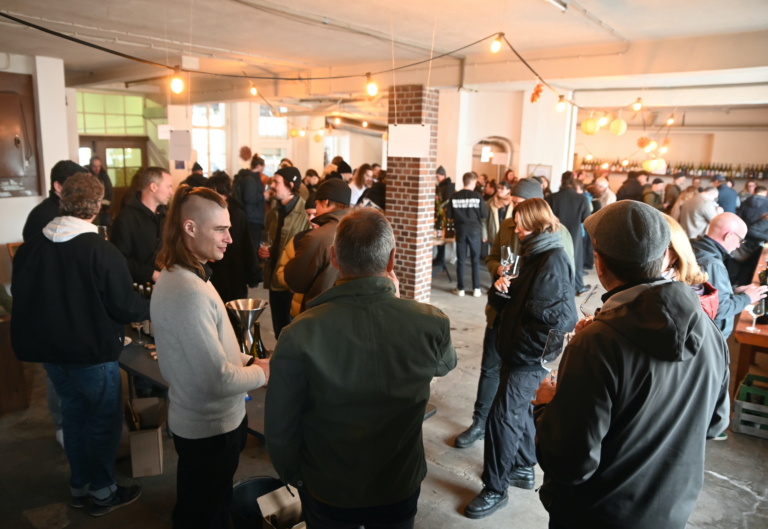
Kitzingen has never been particularly famed as a mecca for winemaking in Franken. So when I received an invitation to visit this town, 20 km southeast of Würzburg, for a wine presentation by the New Kitz & Friends, I had little reason to suspect it would mutate into a natural wine hub. At this point, New Kitz & Friends are hardly unknowns – certainly not in this magazine. Colleague Rainer Schäfer recently profiled this group of unconventional locals and newcomers, all moving in a cosmic orbit around the pioneering natural wine estate 2Naturkinder. For this event, the New Kitz called…...
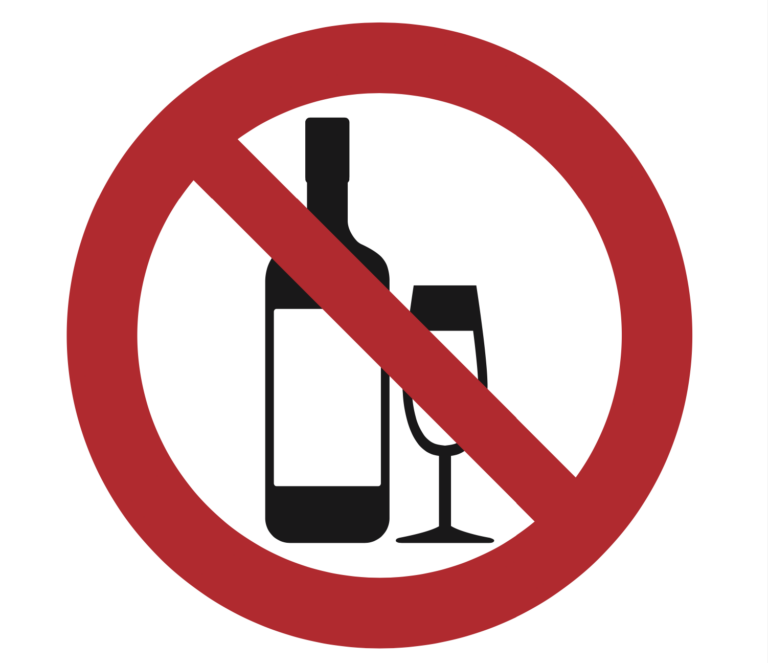
What does one drink, when one doesn’t drink? Isabella Steiner opts for an oat milk latte. On the sun-kissed, hipster corner of Berlin known as Paul-Lincke-Ufer, a line for almond croissants forms from a crowd that looks more house party than home office. Steiner takes her spot, her poodle-mix by her side. Steiner and her business partner, Katja Kauf, manage Nüchtern Berlin, a platform for “Sober Culture — Made in Germany.” It appears to tap into something even deeper than the global wellness trend. “The selection of non-alcoholic alternatives [in Germany] rose sharply in 2020,” says 32-year-old Steiner. “This year they…...
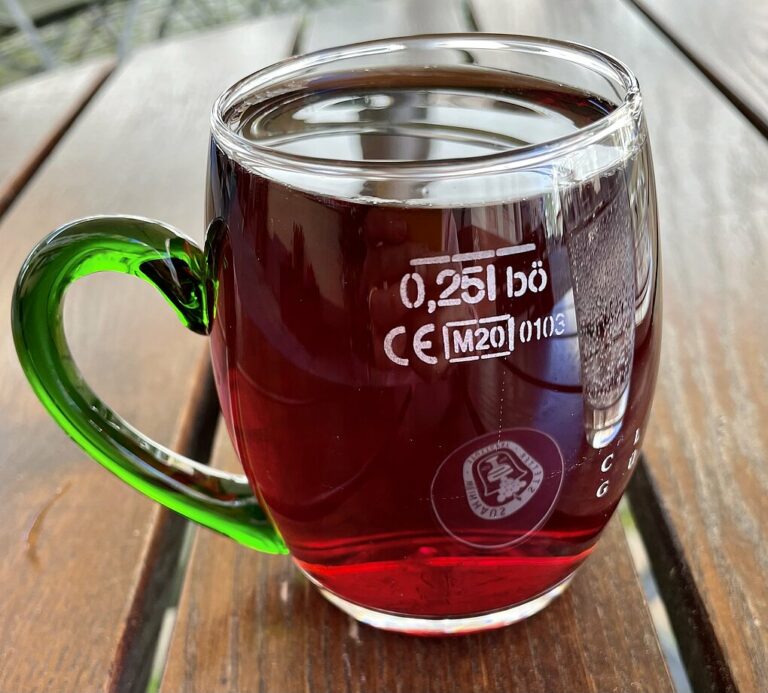
Trollinger was long decried as a poor excuse of a wine. Increasingly, growers and drinkers beg to differ.
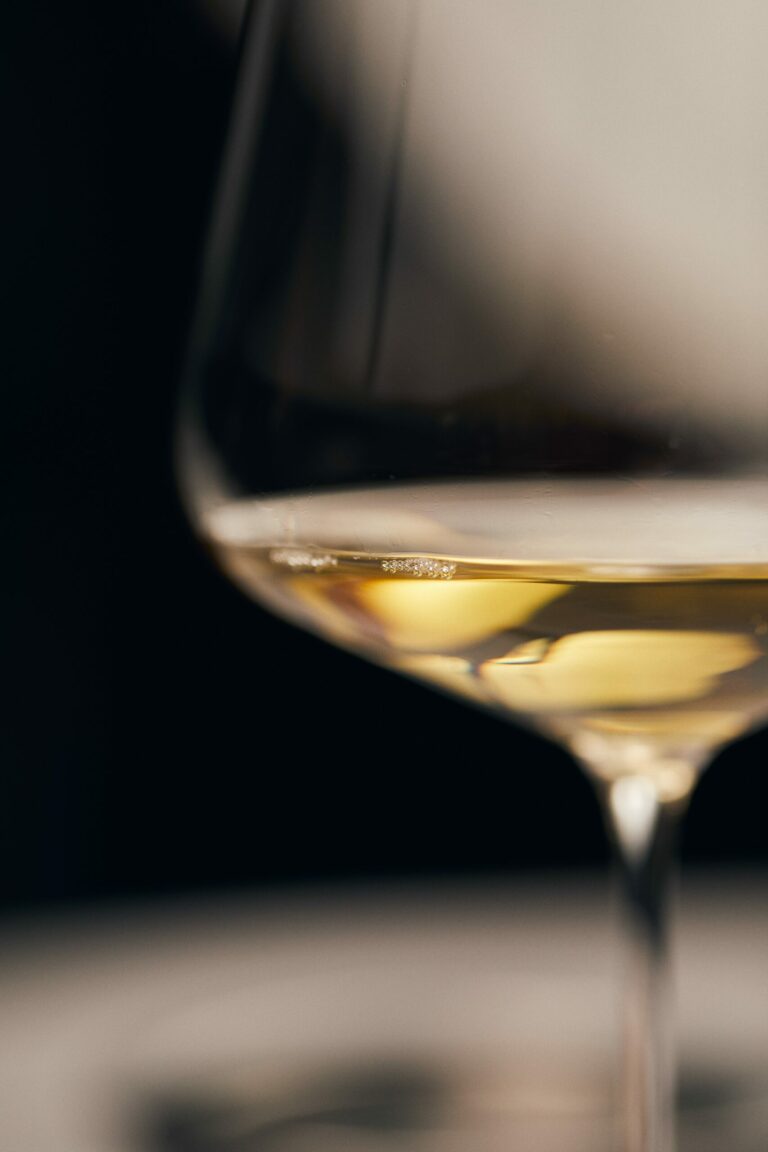
It’s an unfortunate paradox: the very climatic conditions that leave us thirsting for lightweight, refreshing and soul-satisfying dry wines render these hard to achieve. Yet, rather than leading the way in surmounting this viticultural challenge, Germany’s Riesling establishment routinely throws up roadblocks. That’s a crying shame. THE CURIOSITY OF “KABINETT” To understand what’s become of “Kabinett trocken,” we must first retrace the steps leading to “Kabinett.” “Cabinet,” as a term applied to German Riesling, dates to 18th-century Rheingau, a derivative of “Cabinetstück” (alternatively, “Kabinet[t]stück”), in use for diverse objects worth displaying in a cabinet of curiosities or, by extension, worthy literary and…...
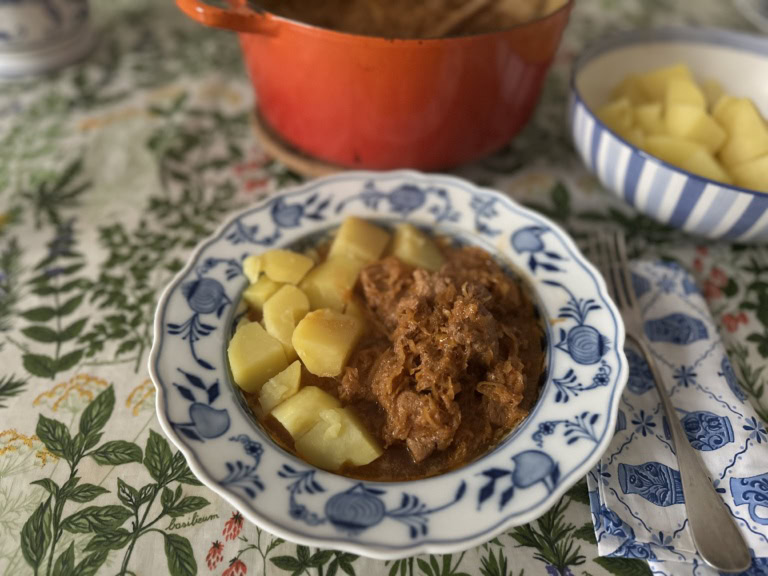
Luisa Weiss's recipe (and pairing) for a heartwarming bowl of gulasch and Gemütlichkeit in Germany's capital city.
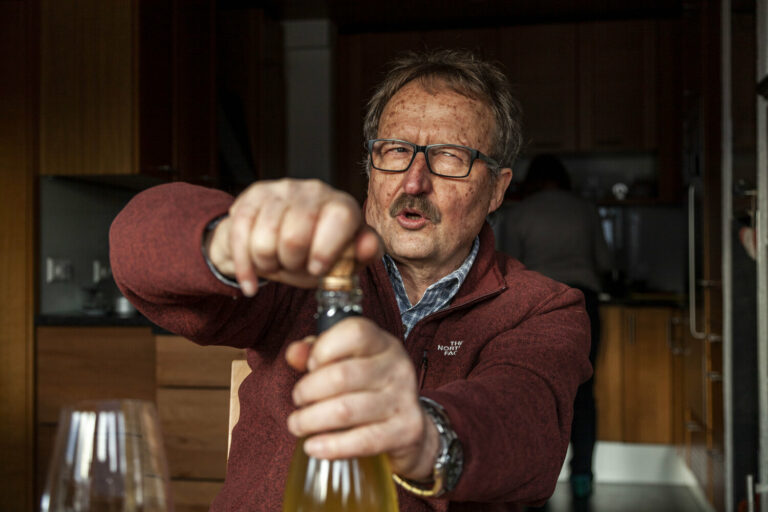
Those who go on the hunt for modern Württemberg may be surprised by what they find on the journey. In this stretch of southern Germany, many things work differently. Swabians have their own take on cool. Here you’ll meet a grower from the hip-hop scene who has the region’s traditional wine mug inked as a tattoo. You’ll bump into a start-up winery launched with crowdfunding. And you’ll land at the door of one of Germany’s hippest growers, 68-year-old Helmut Dolde of Linsenhofen. DOLDE Dolde wears a walrus mustache and, on the day of my visit, a cap someone gave him that says “Wine in…...
Enjoy unlimited access to TRINK! | Subscribe Today